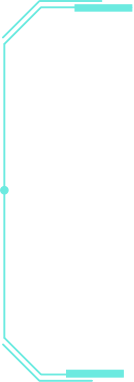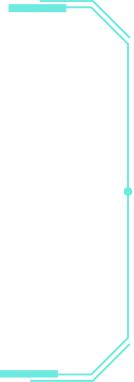The JAK-STAT pathway mediates both normal physiological functions and inflammatory responses. 1-3
Emerging research continues to elucidate how the JAK-STAT pathway plays important roles in homeostasis and inflammatory diseases such as UC. 1-3
• Four JAK proteins – JAK1, JAK2, JAK3, and TYK2 – mostly form pairs that mediate cytokine signalling.2,3
• Multiple cytokines bind to their associated receptors to signal through the JAK-STAT pathway.2-4




GALAPAGOS and the GALAPAGOS logo are registered or pending trademarks of Galapagos
NV.
© 2021 Galapagos NV. All rights reserved.
GL-UC-FIL-202105-00003
Popular Pages
Other Categories
Popular Pages
Other Categories
© Copyright 2021 Galapagos NV
You are about to leave this website and will be redirected to an external website. We are not responsible of that external website’s content. By continuing, you confirm that you have taken note of this.
By clicking "Accept All Cookies, you agree to the storing of cookies on your device to enhance site navigation, analyze site usage, and assist in our marketing efforts. Access our cookie policy
Forgot your PIN? Send an email to omnichannel@glpg.com to retrieve your PIN.